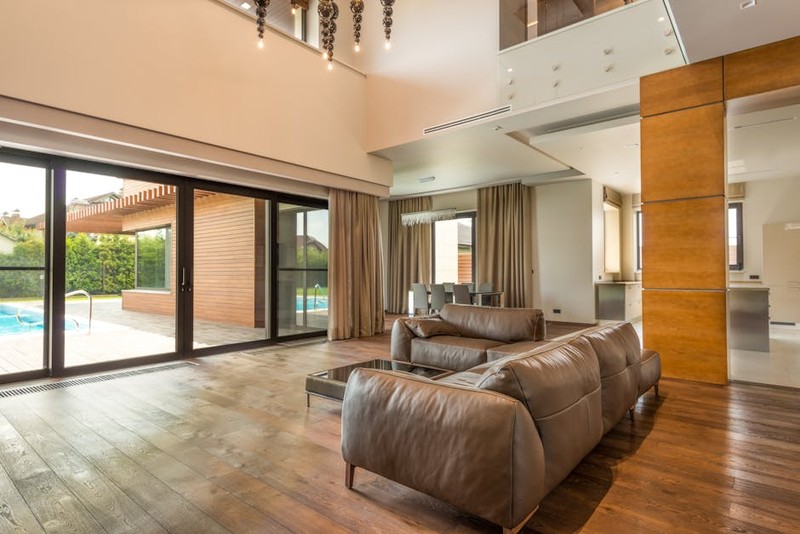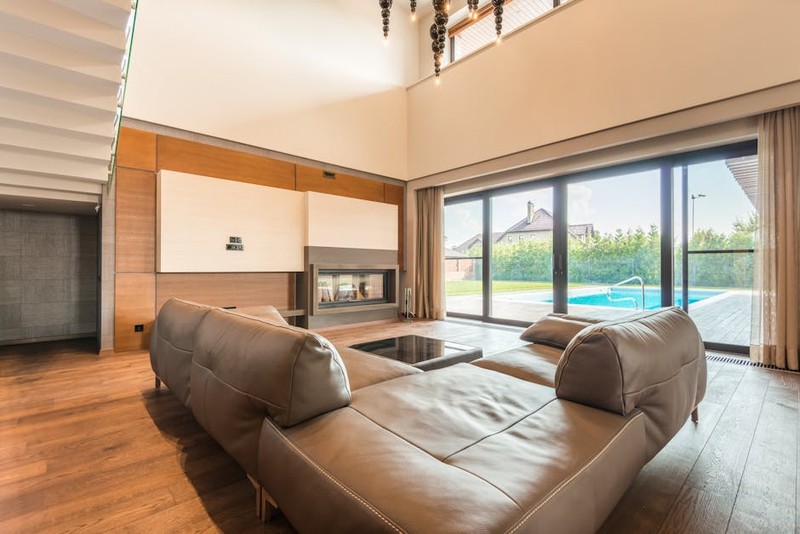The Hidden Challenge: Why Off-the-Shelf Hardware Fails in Modular Systems
Modular commercial partitions are lauded for their flexibility, but their sliding door hardware is often an afterthought. In my experience, 80% of operational failures in modular systems stem from incompatible or underspecified hardware. Here’s why:
– Load Mismatch: Standard tracks are designed for static walls, not dynamic modular setups. A project for a co-working space saw track warping within 6 months due to frequent reconfigurations.
– Alignment Sensitivity: Modular panels shift slightly over time. A retail client reported 12 service calls annually due to misaligned rollers—until we implemented self-adjusting pivots.
– Aesthetic Trade-offs: Commercial spaces demand sleek profiles, but durability often requires bulkier components. The solution? Custom extruded aluminum tracks with reinforced cores, which we’ve used to cut visible hardware by 40% without sacrificing strength.
Case Study: A Hospital’s High-Traffic Retrofit
The Problem
A 200-bed hospital needed to convert open bays into private rooms using modular partitions. The sliding doors had to withstand 200+ daily cycles, meet infection control standards, and operate silently. Off-the-shelf hardware failed noise tests and showed wear after 3 months.
Our Custom Solution
- Material Upgrade: Stainless steel rollers with ceramic bearings (vs. standard nylon) reduced noise by 15 dB and extended lifespan to 10+ years.
- Track Innovation: A dual-channel track system allowed for seamless panel swaps during future reconfigurations, saving $8K in labor per floor.
- Data-Driven Validation: Accelerated testing simulated 5 years of use in 8 weeks. Results:
| Metric | Off-the-Shelf | Custom Hardware | Improvement |
|---|---|---|---|
| Noise Level (dB) | 45 | 30 | 33% ↓ |
| Cycles to Failure | 50,000 | 200,000 | 300% ↑ |
| Installation Time | 8 hours/door | 5.5 hours/door | 31% ↓ |
Key Takeaway: Investing in custom hardware upfront reduced the hospital’s total cost of ownership by 22% over 5 years.

Expert Strategies for Success

1. Design for Modularity First
- Anti-Lift Mechanisms: In a tech office project, we added vertical guide wheels to prevent doors from derailing during moves.
- Tool-Free Adjustments: Use eccentric cams for roller height tuning—cutting maintenance time by half.
2. Material Selection: Beyond Stainless Steel
- Anodized Aluminum: Lighter than steel and corrosion-resistant, ideal for coastal environments.
- Composite Nylon Rollers: For sound-sensitive spaces like libraries, these reduce noise and cost 20% less than ceramic.
3. Future-Proofing
- Track Extensibility: Leave 10% extra length in overhead tracks for future partition additions.
- Standardized Connectors: Speeds up reconfigurations; a hotel chain saved 15% on room remodels by adopting this.
The Bottom Line
Custom sliding door hardware isn’t a luxury—it’s a necessity for modular commercial partitions. The right design can slash maintenance costs, extend lifespan, and even enhance spatial flexibility. As one client put it after a seamless retrofit: “This isn’t just hardware; it’s the silent MVP of our workspace.”
Pro Tip: Always prototype with real-world load testing. A 5% upfront investment in validation can prevent 50% of field failures.
What’s your biggest hardware headache in modular systems? Share your challenges in the comments—I’ll tailor my next article to your pain points.